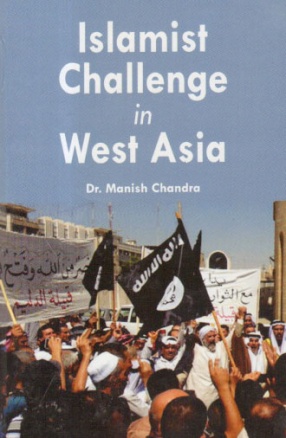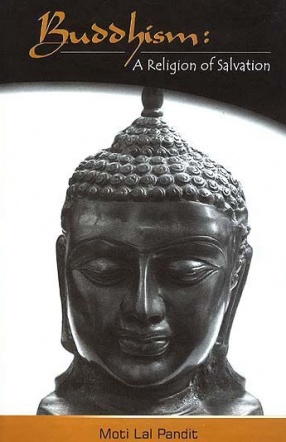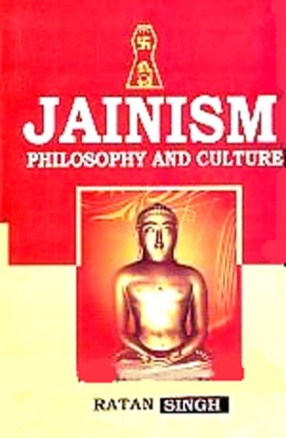The Arab uprising in Tunisia, Egypt, Yemen, Libya, and Syria over the past five years represent a conundrum. Standard development indicators failed to capture or predict the outburst of popular anger during the so-called Arab Spring of 2011. In Saudi Arabia, these codes of open unobtrusiveness are entirely authorized by the Islamic religious police, or Mutaween. These police, who’s qualities stem from the Wahhabi development, have the ability to capture men and ladies for associating in broad daylight, or for disregarding saw un obtrustiveness norms in the nation. Numerous open beatings, removals of the hands and feet, and executions have occurred in Saudia Arabia after individuals were captured for disregarding humility codes or acknowledged sexual practices.
Contents: Preface. 1. Proliferation of radical Islam in West Asia. 2. Islam in middle East and Southeast Asia: Implications of the Arab Spring. 3. Challenges of ISIS and other extremist groups in west Asia. 4. Iran, Saudi Arabia, and middle East’s long time challenges of war. 5. Challenges of Wahhabism in West Asia. 6. Wahhabism to ISIS: Saudi Arabia exported the main source of global terrorism. 7. The Arab spring and its aftermath. 8. The evolution Islamic terrorism. 9. Islam in Asia-Pacific center for security challenges. Bibliography. Index.








There are no reviews yet.